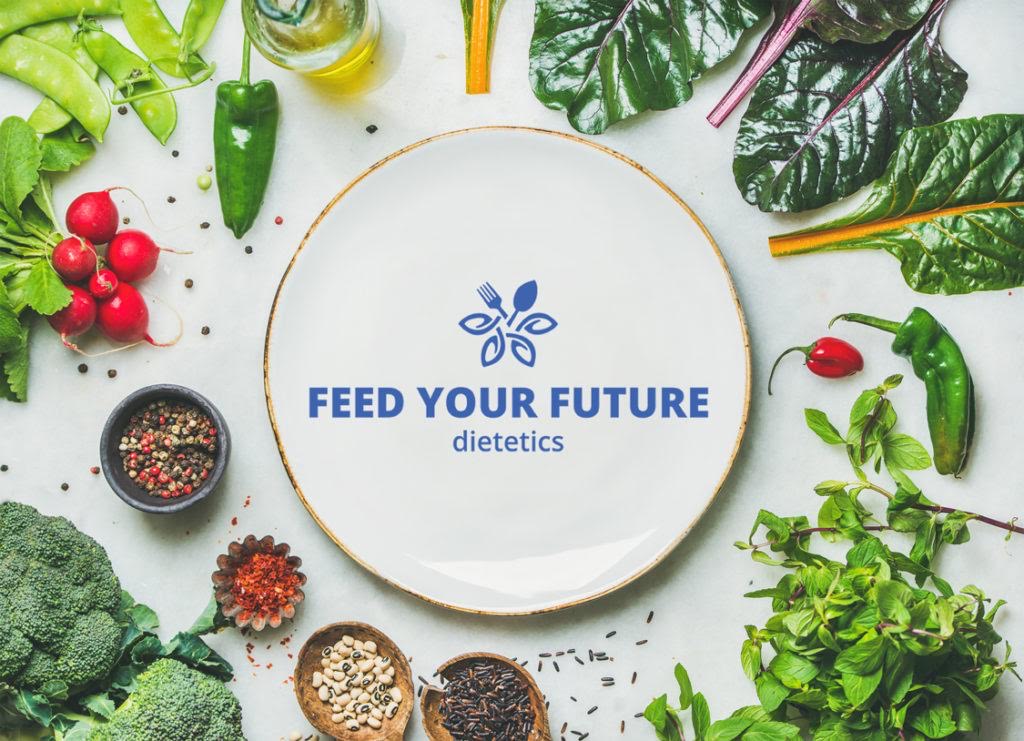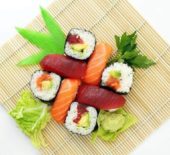You may be one of the many who have or are using a meal kit service to save time, but are you saving your health too? A recent study has found the answers and the results come with both good and bad news.
What was investigated:
12 recipes from four weekly boxes of three meals serving two people from 5 of the most common meal kit delivery services.
The contenders and a breakdown of average macronutrients:
What they found:
The average energy you are getting in these meals ranged from 2891 to 3904 kJ.
The good news:
The bad news:
Take home message:
While your meal kit delivery service is an easy alternative and does provide a good serve of veggies, it may not be giving your body all the nutrition it needs. It seems there is still a common trait of delivery meal kits with other takeaway options with higher amounts of salt and fat compared to a home cooked meal.
This may be a problem for everyone’s overall health but especially those with high cholesterol and high blood pressure. However, it's good to remember all fats are not created equal. Monounsaturated fats from foods like avocado, nuts and extra virgin olive oil, polyunsaturated fats in nutslike walnuts and fish are all healthy and are important as part of your diet.
Take a closer look at the type of fat in your meal delivery kit and where possible, adjust the recipe to include less saturated fat by trimming any fat and removing the skin from the red and white meats. Use healthier fat oils like extra virgin olive oil in moderation aiming for no more than 2-3 teaspoons of added oil per serve. When adding dressings go for the lower sodium dressings and alternatives wherever possible. Through making small adjustments to your meal kits you may not need to give away a convenience which is saving you time in your busy life.
Reference:
Gibson, A.A.; Partridge, S.R. Nutritional Qualities of Commercial Meal Kit Subscription Services in Australia. Nutrients 2019, 11, 2679.





